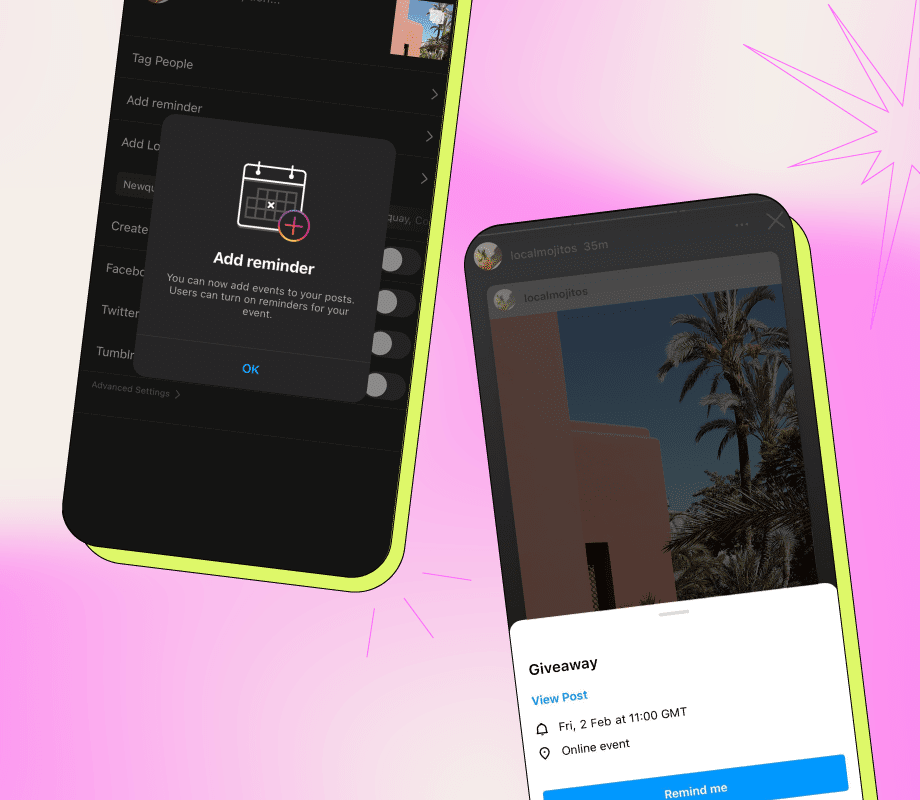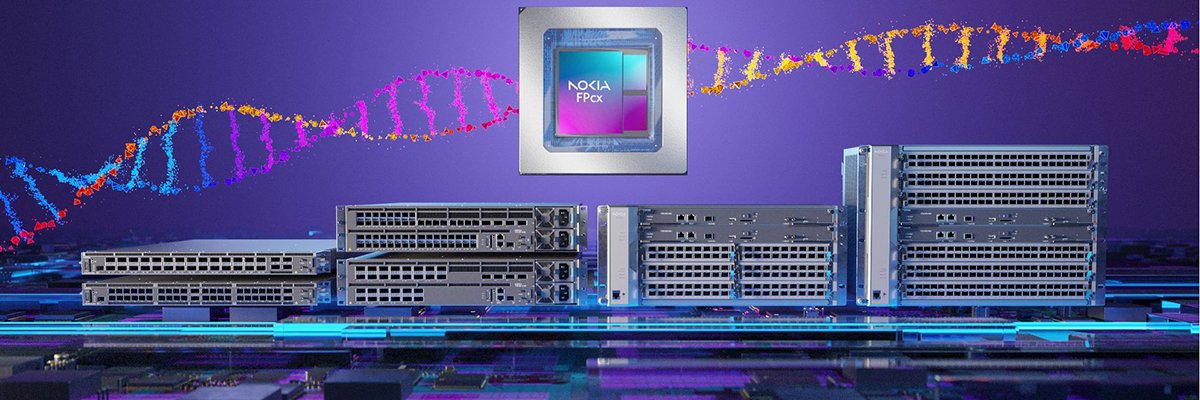Assessing the brain at the Barbican, London, UK. Image by Tim Sandle.
The medical benefits of mild electrical stimulation of the cranium may seem like hocus pocus medicine, but several decades of clinical research studies have verified that this technique does indeed alleviate symptoms in a wide range of conditions.
A new clinical study, from University of São Paulo Medical School, on depression was found that athome brain stimulation therapy (noninvasive neuromodulation interventions) helped 75% of patients avoid relapse over six months. With relapse rates reported as high as 85% during treatment, this could help close a major gap in mental health care.
Depressive disorder (also known as depression) is a common mental disorder. It involves a depressed mood or loss of pleasure or interest in activities for long periods of time.
The study tracked the longterm effects of homebased transcranial direct current stimulation (tDCS) therapy combined with online behavioural support. The findings revealed that nondrug, athome treatment could help many patients maintain recovery from depression over time.
Data gathering
In the study, participants who had completed their initial depression treatment had to use athome brain stimulation twice a week for six months. Researchers monitored their progress to see whether the therapy could prevent relapse without ongoing clinical support.
By the end of the followup period, only six of the 71 patients experienced a return of depressive symptoms, while 11 discontinued treatment.
The results demonstrate that most participants maintained recovery using brain stimulation therapy alone, without the need for inperson visits or additional interventions.
At home solution?
According to the study, athome and remotely supervised tDCS therapy can be an effective and scalable option. The technology achieves results comparable to inclinic treatment.
The researchers conclude that homebased brain stimulation bridges a major treatment gap, helping patients sustain longterm recovery after antidepressants or psychotherapy.
“Many people with a history of depression might find it easier to stick to homebased therapy, as it’s less effort compared to regular inclinic visits,” notes Dr. Kultar Singh Garcha, a GP and Medical Director at Flow Neuroscience. “Even months into treatment, many patients still feel physically and emotionally exhausted, so lowering the effort can help them keep going.”
Moreover, beyond accessibility and scalability, researchers found athome brain stimulation to be safe and welltolerated, with minimal side effects like scalp itching or headaches. By the end of the study, 40% of participants reported no adverse events at all.
Gentle electrical flow
The technology – Flow Neuroscience’s medical device – is CEcertified and has regulatory approval for depression treatment in the UK, EU, Australia, Switzerland, China, and other countries.
The process delivers a gentle electrical current to the brain. The headset, worn by the patient, regulates activity in the prefrontal cortex, the part of the brain involved in mood regulation and stress response. It is often underactive in people with depression.
The research appears in the Journal of Affective Disorders, titled “The Portable Transcranial Electrical Stimulation and InternetBased Behavioral Therapy for Major Depression Study (PSYLECT): Results of the maintenance phase,”









